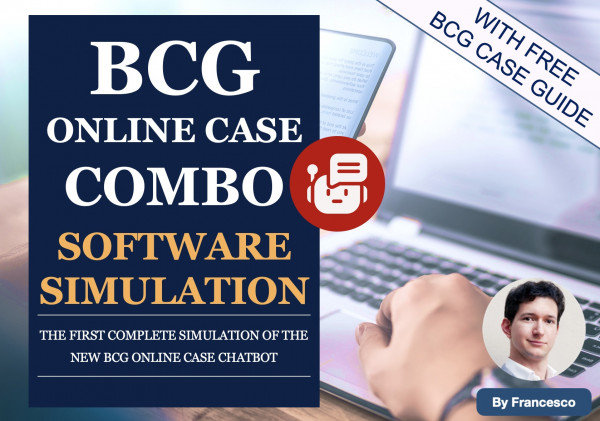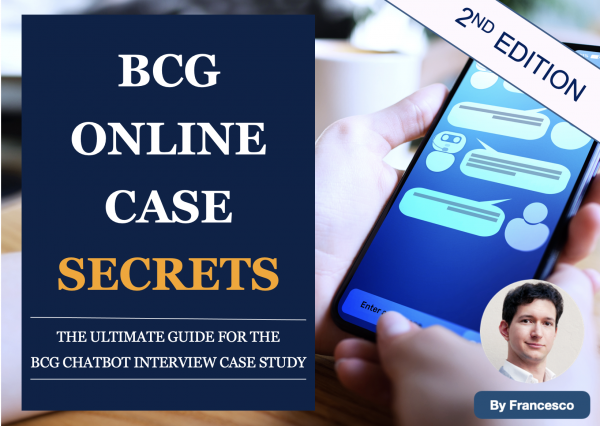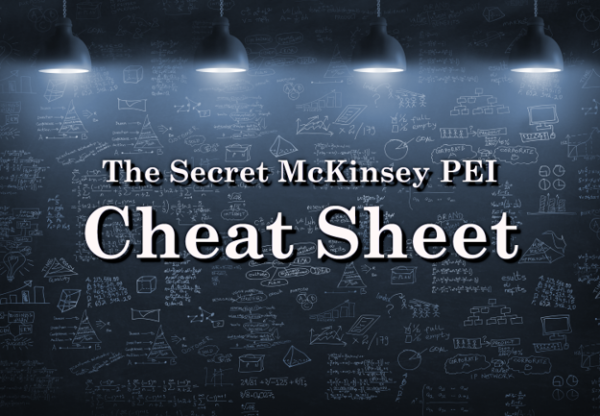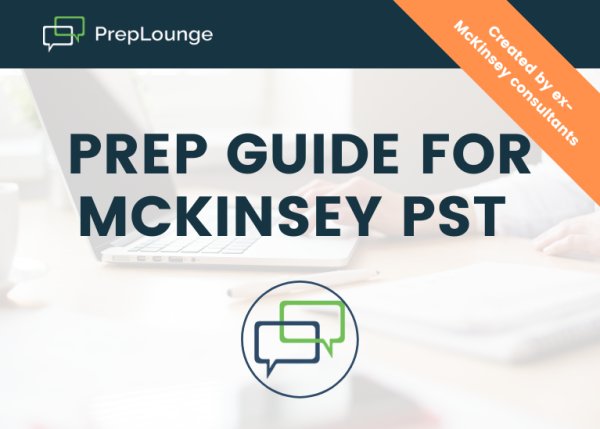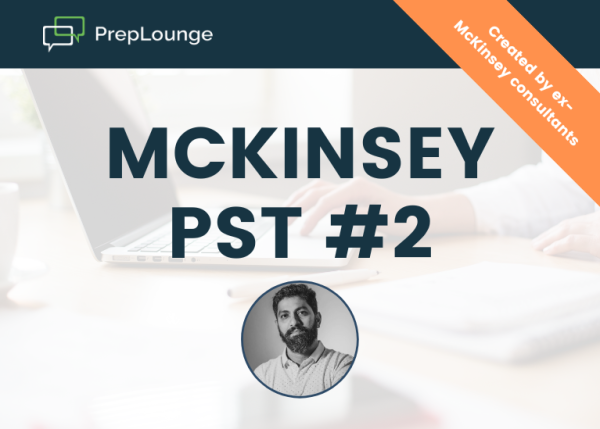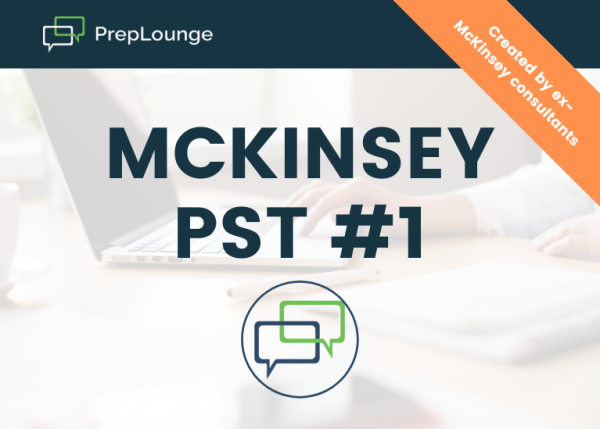Hey all,
I'm wondering how you determine the price when applying value based pricing, let's say I invented a machine that enables teleporting and but the client is unwilling to operate the machine themselves and wants to sell it to another company.
Which price would I command?
1) Cash flows we would generate if operating the device ourselves? Multiplied using a multiple or doing a DCF (running until eternity)
OR do I also need to take into account
2) additional cost savings/additional revenues (i.e. through image increase) the acquiring company would be able to realize due to this device (i.e. airline company purchases the teleporter, thus gets an image increase and sells more flights on top) - I assume this will be difficult since we don't know exactly how much the synergies will be and those synergies will be very dependent on the individual acquirer?
Hope anyone can answer this.
Thanks a lot.







